By Robyn Gioia on December 4, 2020 / Articles, Cross-Curricular, Curriculum Tie-in, Engineering, For Teachers, Homeschool Resource, STEM, Teacher Tips, Technology, Transportation
Teaching with Picture Books
by Robyn Gioia, M.Ed.
When most people think of picture books, they think of cute pictures and feel-good stories that thrill children from ages 0-7. But, teachers know better. There is much more to picture books than meets the eye.
Students have grown up with visuals since the day they were born. From elementary to high school, picture books can spark the imagination and open the eyes as an introduction to a subject. Picture books boil down to the main topic and draw the reader in with interesting tidbits. Our public libraries are full of wonderful picture books ready to do the job. Picture books inspire conversations and provide topics for research. They allow insightful tie-ins to curriculum and present opportunities for projects. Their pictures bring the topic to life. They create understanding unlike anything else. They are quick reads that can fit into almost any schedule.
Take the book, The Turtle Ship by Helena Ku Ree.
One of the greatest historical war heroes in the S. Korean culture was Admiral Yi Sun-Sin. He is known for saving Korea from Japan, a conquering country with a formidable naval fleet. Because of his design, the undefeatable Turtle ship had the ability to defeat the Japanese. His larger than life statue looms high over the skyline in Gwanghwamun Square, Seoul.
Korea from Japan, a conquering country with a formidable naval fleet. Because of his design, the undefeatable Turtle ship had the ability to defeat the Japanese. His larger than life statue looms high over the skyline in Gwanghwamun Square, Seoul.
In the picture book, a young Sun-Sin comes to life as a boy who is afraid to enter a shipbuilding contest sponsored by the King. The King needs an indestructible ship able to withstand ongoing invasions from the sea. Sun-Sin decides to accept the challenge. The author imagines what experiences might have influenced a young Sun-Sin’s turtle ship design, and from there the story is told.
Teaching Middle Grade with Picture Books

(Artwork from “Fighting Ships of the Far East (2)” by Stephen Turnbull © Osprey Publishing, part of Bloomsbury Publishing Plc)
The Turtle Ship picture book goes step by step through the design engineering process. Young Sun-Sin tries and fails at several design attempts before creating the design known today. This was something I was able to use in my 6th-grade science class. As we talked about the boy Sun-Sin and identified how the process was evolving, it created a bridge to understanding the design process. We had also learned that historically, a lot of designs were inspired by nature. The Wright brothers studied birds before designing the first airplane. In our story, Sun-Sin looks to his turtle for solutions.
When I used The Turtle Ship book in our lesson, my students were fascinated by the Turtle ship design from the 1500s. They learned the ship could rotate in one spot and fire cannons from each of its sides. They discovered soldiers were encased inside the ship so the enemy could not attack. They loved that the top was curved and covered in spikes to keep from being boarded by the enemy. They also learned that the hull was designed to ram into other vessels.
The Korean Turtle Ship
The turtle ship became one of the top engineering designs in warship history. You can read about this incredible ship and its design ingenuity on the U.S. Naval Institute News website. USNI News asked its readers, “What is the greatest warship of all time and why?” The answer can be found on the USNI News website https://news.usni.org/2016/04/06/survey-results-what-is-the-greatest-warship-of-all-time
Teachers in grade levels from primary to high school have used this story to inspire students with a wide range of activities and topics.
Engineering Design Process (EDP)
Research on Korean Inventions
Historical Fiction Comparative Study
Creating a Historical Timeline between Asia and American History
Writing Sijo, a Korean Poetic Form
Analyzing Civic Characteristics of Main Characters
Origin Story with Read-Alouds and Comparisons with Multiple Sources
Teaching Korea through Writing
Teaching Modern Asian Culture through History
Creative Writing
Using the Glossary for Vocabulary Understanding
Study of Honor
Compare and Contrast Other Korean Historical Picture Books
STEAM: Create a Vessel that Holds the Most Weight
STEAM: Design a Boat That is the Fastest
Downloadable Teaching resources:
Lee and Lowe Teaching Guide: TURTLE-SHIP.TG
Historical Information on Admiral Yi Sun-Sin: Admiral Yi Sunsin_KSCPP(1)
Like this:
Like Loading...

 Tastes have been varied. Everything from the delightful fact ladened books by Charles Micucci, to Cobblestone magazines, to science books by our own Jennifer Swanson. The books all seem to have one thing in common. Pictures and short sections of information, facts, and trivia. Students are still checking out novels when they can, but the proportion of students gravitating toward short reads has been increasing exponentially.
Tastes have been varied. Everything from the delightful fact ladened books by Charles Micucci, to Cobblestone magazines, to science books by our own Jennifer Swanson. The books all seem to have one thing in common. Pictures and short sections of information, facts, and trivia. Students are still checking out novels when they can, but the proportion of students gravitating toward short reads has been increasing exponentially. Eyewitness books are being read from front to back. Even the Magic School Bus series is being devoured. To be honest, I didn’t realize there was so much science in the Magic School Bus books until I viewed them through critical eyes. Today’s students are visual learners. They’ve grown up with cell phones and tablets and are naturally drawn toward illustrations. It’s been fun to hear them discuss the life of a bee and ask each other trivia questions about mummies and the number of shark species. The challenge has been providing good reading material to spark student learning and informational books have come into their own. The reward has been students excited about learning and that’s really what it’s all about.
Eyewitness books are being read from front to back. Even the Magic School Bus series is being devoured. To be honest, I didn’t realize there was so much science in the Magic School Bus books until I viewed them through critical eyes. Today’s students are visual learners. They’ve grown up with cell phones and tablets and are naturally drawn toward illustrations. It’s been fun to hear them discuss the life of a bee and ask each other trivia questions about mummies and the number of shark species. The challenge has been providing good reading material to spark student learning and informational books have come into their own. The reward has been students excited about learning and that’s really what it’s all about.
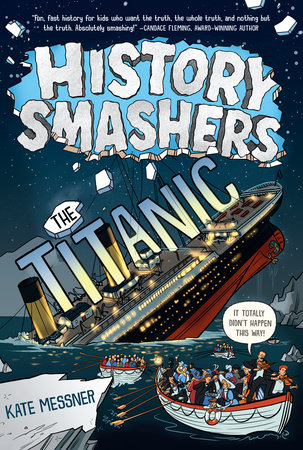
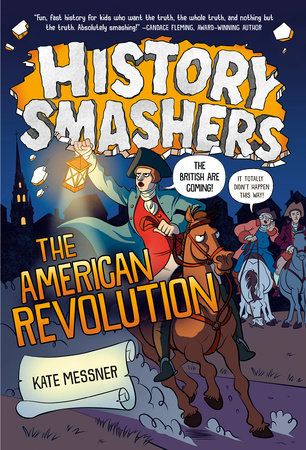
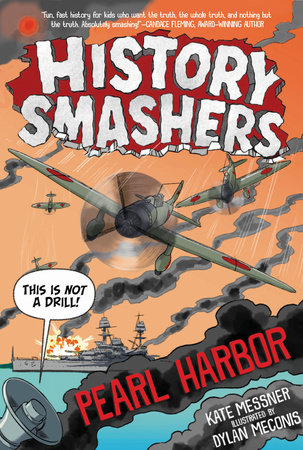 .
. 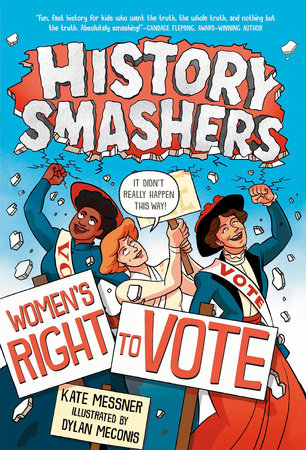
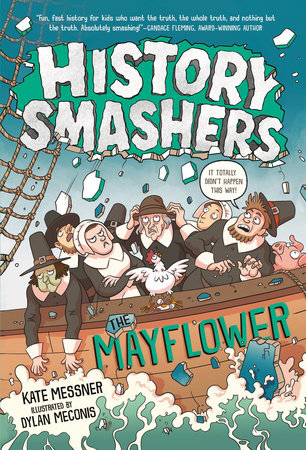

 Korea from Japan, a conquering country with a formidable naval fleet. Because of his design, the undefeatable Turtle ship had the ability to defeat the Japanese. His larger than life statue looms high over the skyline in Gwanghwamun Square, Seoul.
Korea from Japan, a conquering country with a formidable naval fleet. Because of his design, the undefeatable Turtle ship had the ability to defeat the Japanese. His larger than life statue looms high over the skyline in Gwanghwamun Square, Seoul.